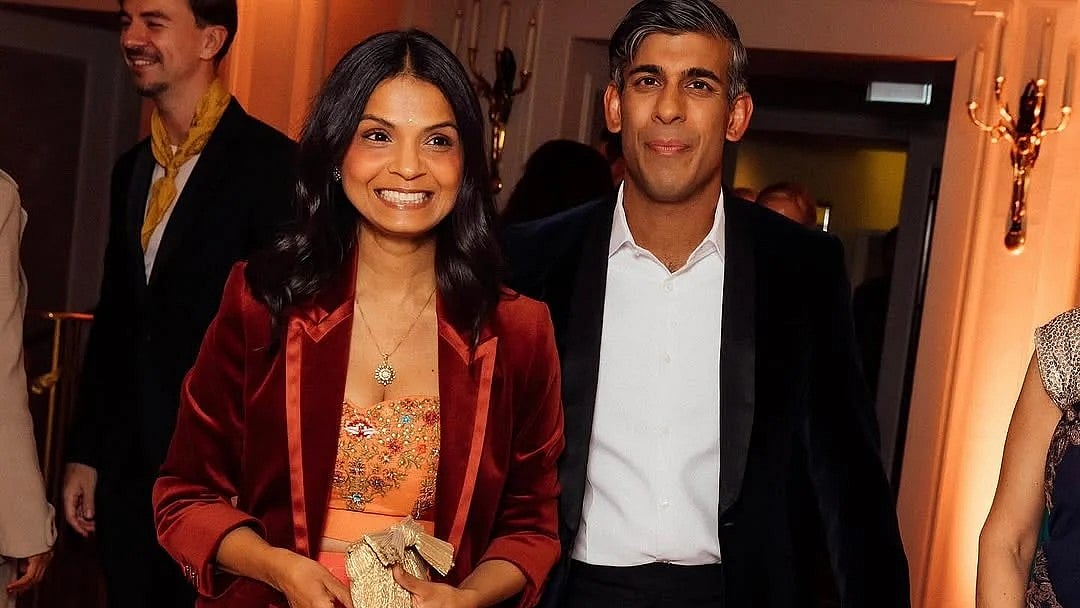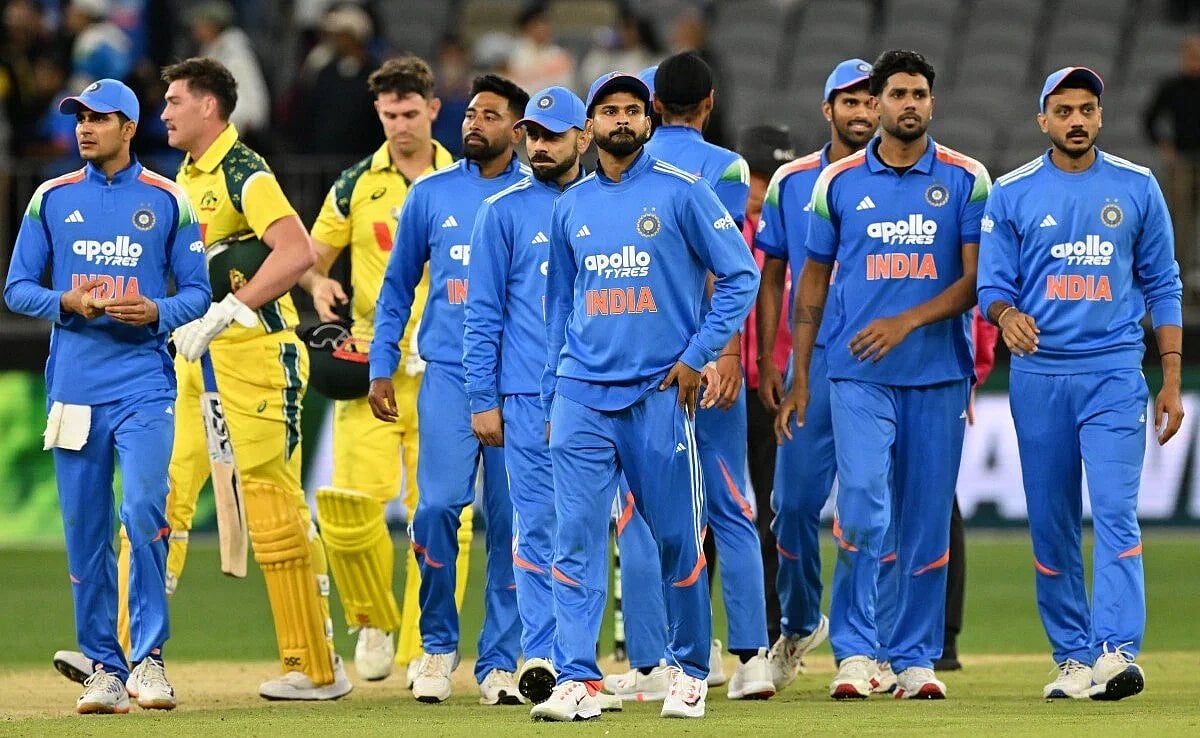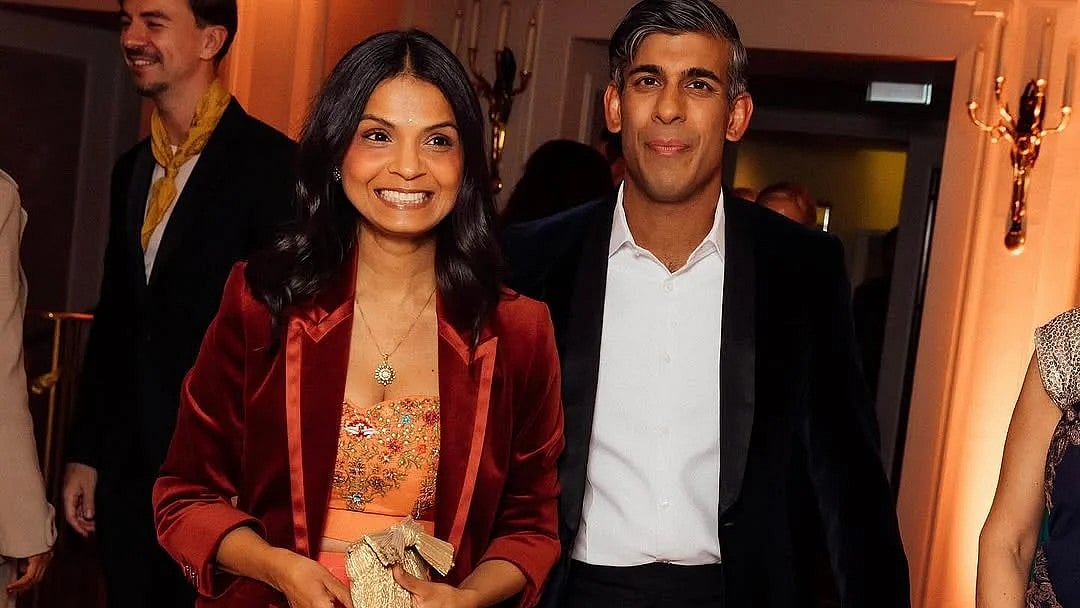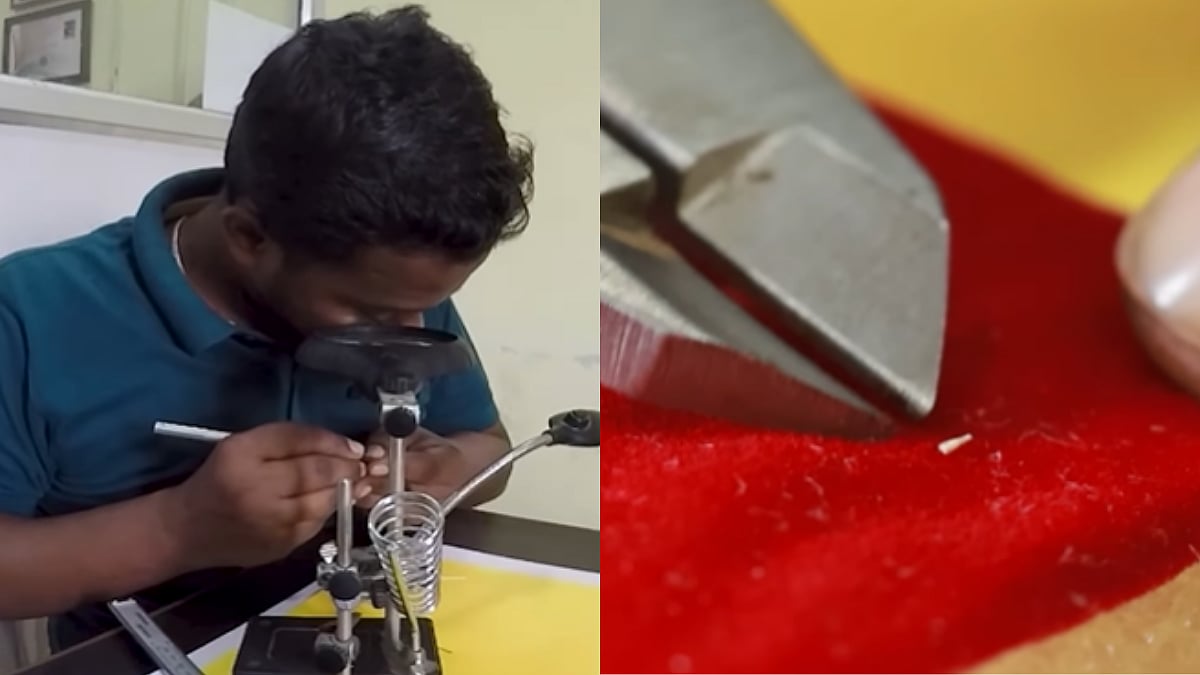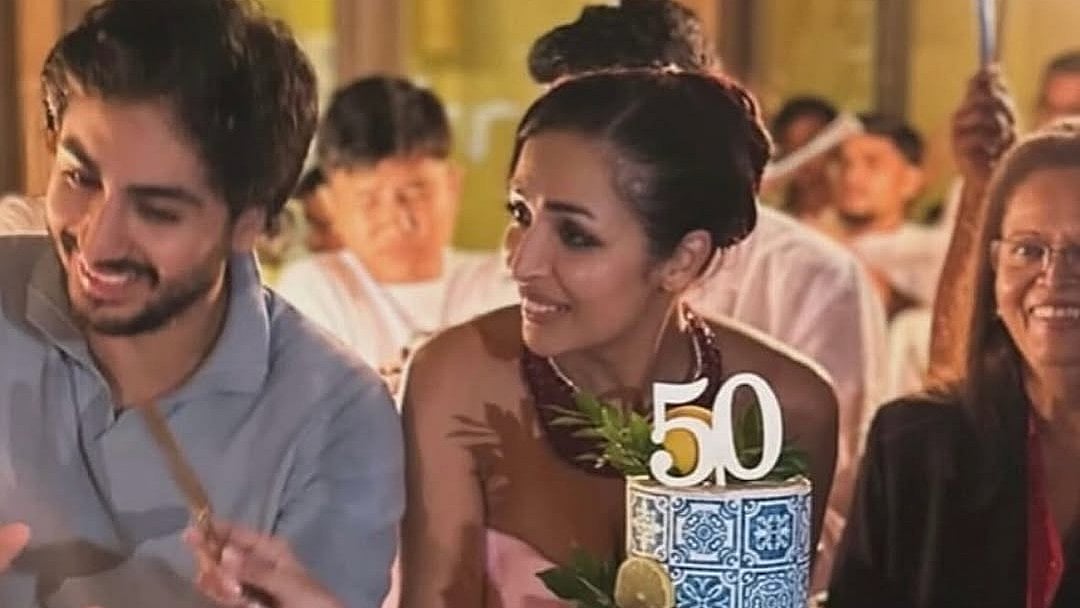When Diwali arrives, the true charm lies in celebration-the triumph of good over evil, the warmth of family, the sparkle of lights. For Akshata Murty, this year’s festival took on added meaning when she chose to wear the very lehenga that Rohit Bal stitched for her wedding in 2009. Rather than treating it as a relic, she celebrated it as a living piece of craftsmanship, arriving in London with heritage on her sleeve.
Why the 2009 lehenga still shines
Sixteen years ago, Rohit Bal’s excellence in Indian embroidery and craftsmanship earned him a unique place in fashion. He imbued the lehenga with his distinctive mastery-meticulous handwork, rich textiles, and an aesthetic rooted in both tradition and innovation. Fast forward to 2025, and this same outfit stands not just as a keepsake but as a timeless piece, proving that meaningful design transcends trends. She also posted a picture where she is seen posing with her mother Sudha Murty.
For Akshata, choosing it for Diwali is more than nostalgia-it’s a statement: that garments made with care, intention and artistry can be revived, worn and loved across decades.
A personal gesture & an ode to craft
Wearing the lehenga again was also Akshata’s way of honouring Rohit Bal after his passing. For many in the Indian fashion world, Rohit Bal’s legacy remains vibrant-his devotion to embroidery, his opulent visions for bridal wear, his ability to make the contemporary feel rooted. Akshata’s choice underscores that legacy: it’s not just about one outfit, but about a designer’s enduring language.
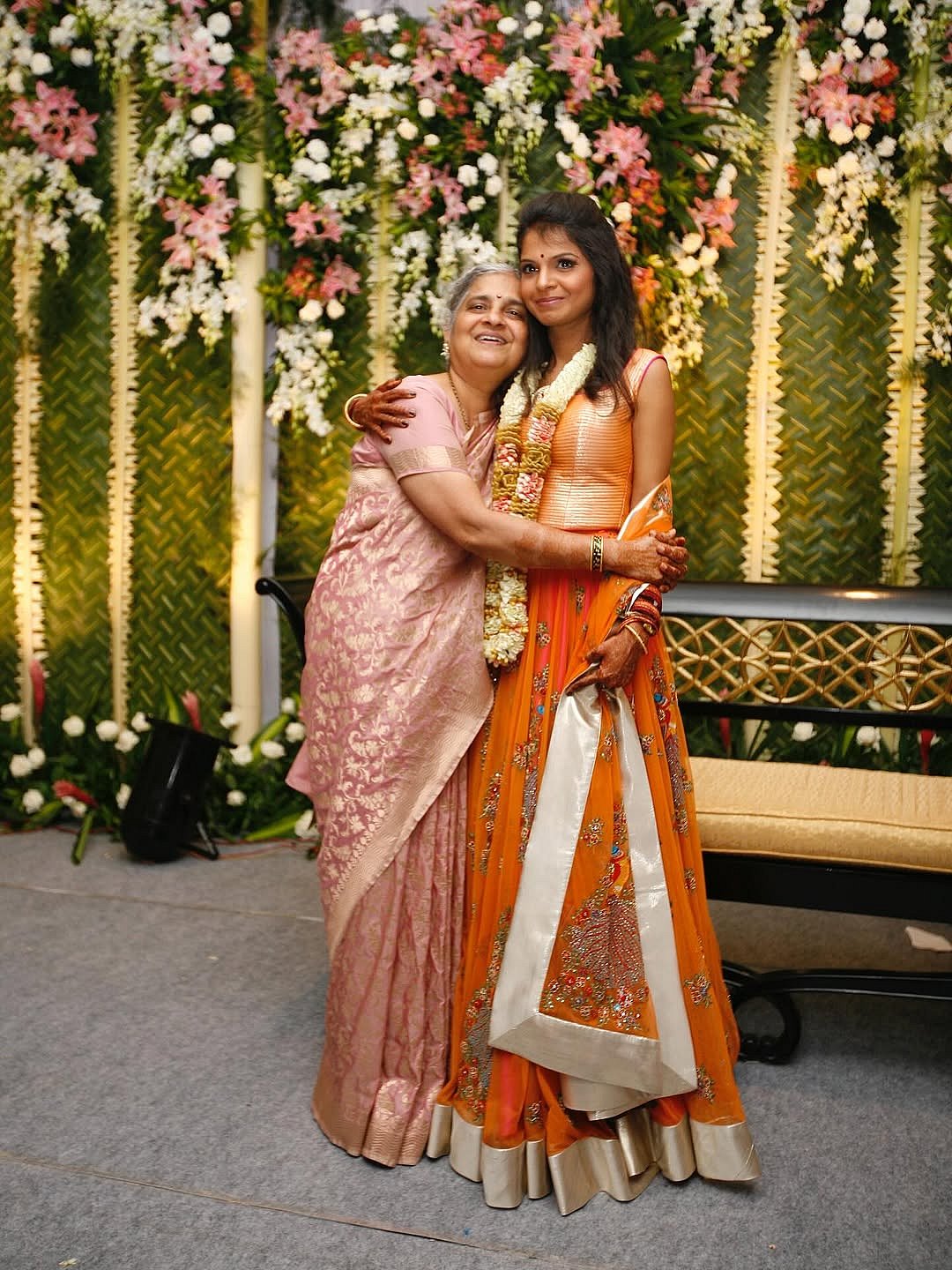
At the same time, the occasion in London-the Diwali bash-gives the outfit new context. It becomes part of a modern diaspora celebration: lights, elegance, tradition, cross-cultural resonance. The multiple meanings elevate the lehenga from wedding attire to festive revival.
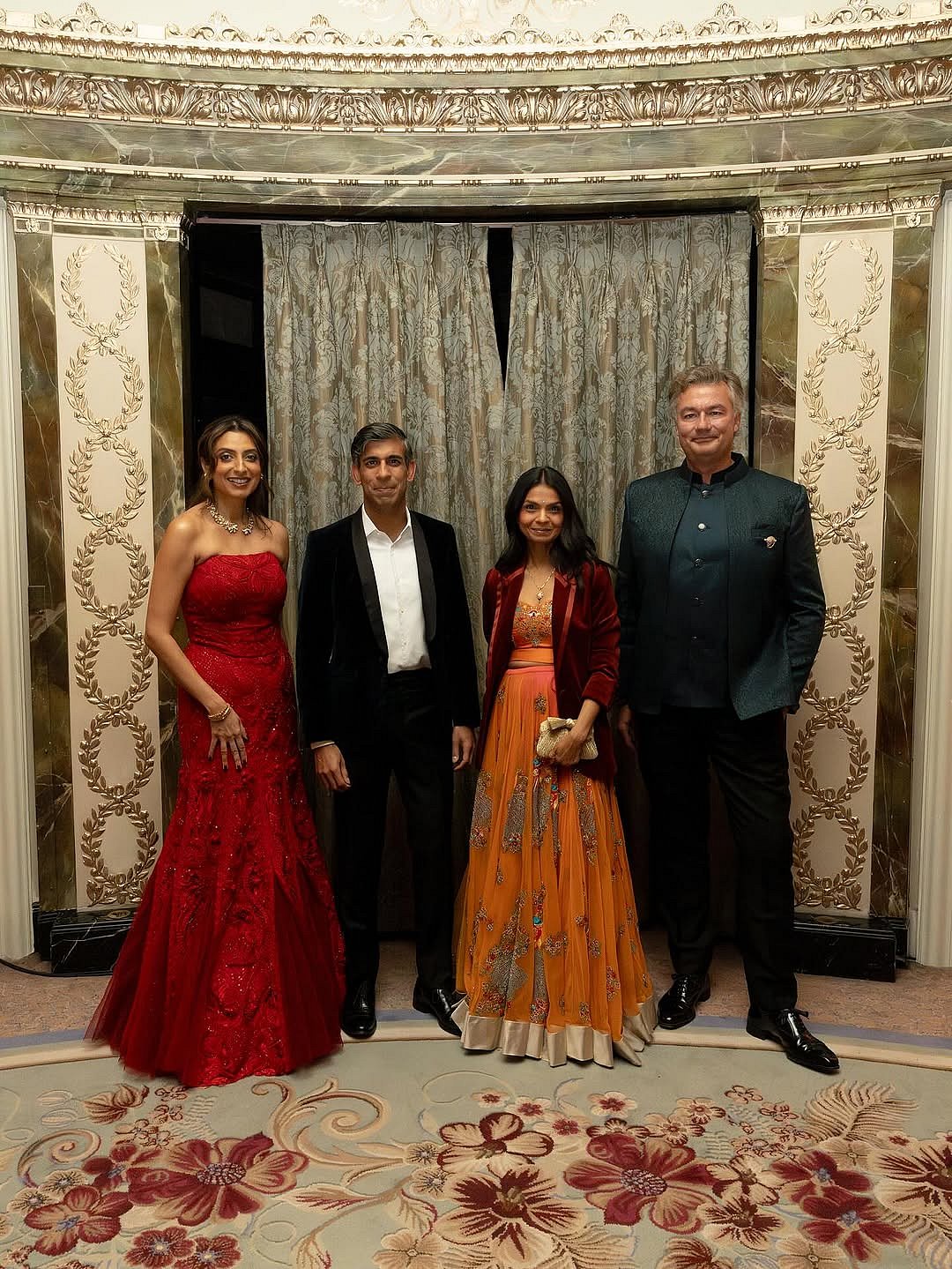
A 16-year-old lehenga, made with skill and cared for, used again-this is slow fashion in action. It reminds us that investing in quality, craftsmanship and timeless design can pay off in lasting value.
